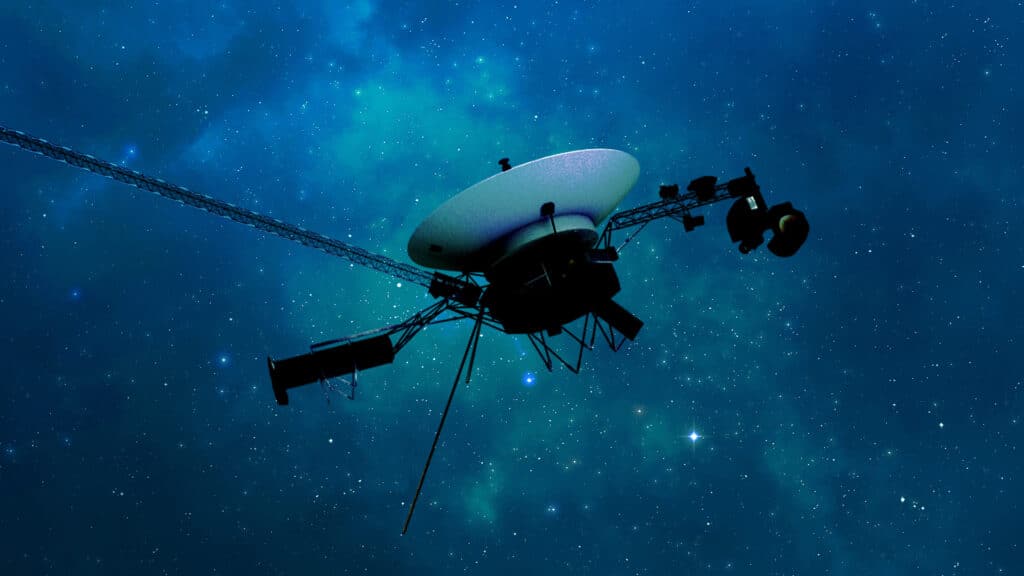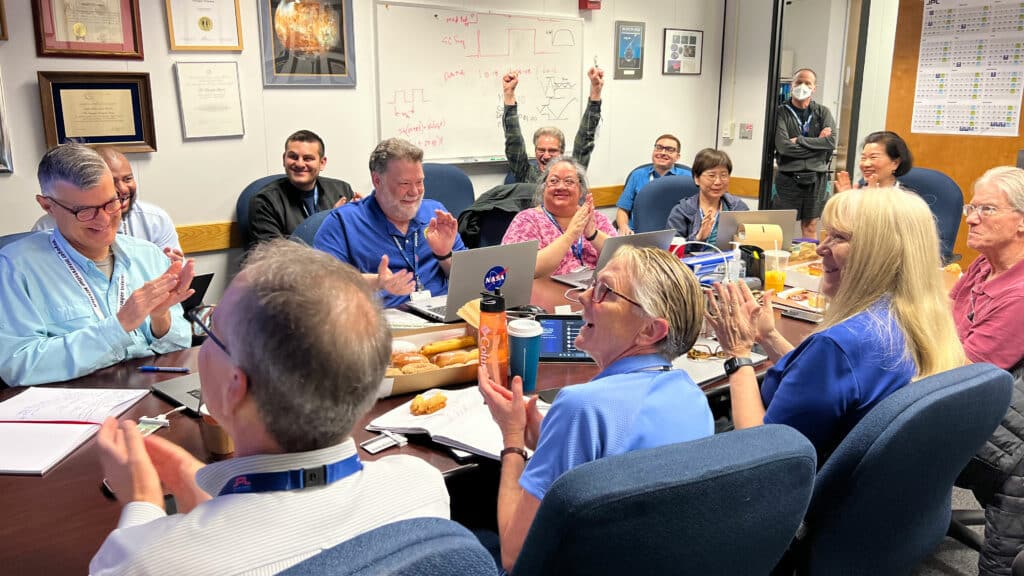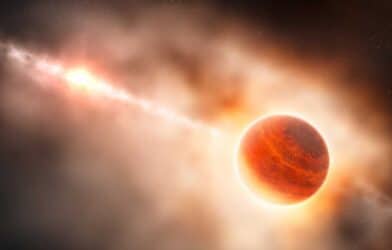Launched over four decades ago, the Voyager 1 and Voyager 2 probes have been our eyes and ears in the cosmos, providing unprecedented insights into the mysteries of our solar system and beyond. Mysteriously, Voyager 1 experienced some sort of malfunction in November that prevented it from feeding usable data back to NASA. Now, after a five-month hiatus, Voyager 1 is back online, causing a joyous celebration back home at NASA’s Jet Propulsion Laboratory.
The Voyager missions, launched in 1977, were born out of a rare alignment of the outer planets that occurs once every 176 years. NASA seized this opportunity to send two spacecraft on a grand tour of the solar system, with Voyager 1 and Voyager 2 embarking on a journey that would take them to Jupiter, Saturn, Uranus, and Neptune. Equipped with a suite of scientific instruments, the probes captured stunning images and collected invaluable data about these gas giants and their moons.
But the Voyagers’ mission didn’t end there. As they completed their planetary flybys, the spacecraft set their sights on a new frontier: interstellar space. In 2012, Voyager 1 made history by becoming the first human-made object to cross the heliopause, the boundary where the solar wind gives way to the interstellar medium. Voyager 2 followed suit in 2018, providing scientists with a wealth of data about this uncharted territory.
However, on November 14, 2023, Voyager 1 encountered a problem. Although the spacecraft continued to receive commands and operate normally, it stopped sending readable science and engineering data back to Earth. The issue was traced to one of the probe’s three onboard computers, the flight data subsystem (FDS), which is responsible for packaging the data before transmission.

The culprit was a single malfunctioning chip that stored a portion of the FDS memory, including some of its software code. The loss of this code rendered the science and engineering data unusable. Faced with this challenge, the Voyager engineering team at NASA’s Jet Propulsion Laboratory devised a clever solution: they decided to relocate the affected code to a different part of the FDS memory.
But this was no simple task. The team had to divide the code into sections and store them in different locations, as no single spot in the memory was large enough to accommodate the entire code. They also had to ensure that the code sections still functioned as a whole and update any references to the code’s location in other parts of the FDS memory.
On April 18, the team sent the code responsible for packaging the spacecraft’s engineering data to its new location. Given Voyager 1’s immense distance from Earth—over 15 billion miles (24 billion kilometers)—a radio signal takes about 22 ½ hours to reach the spacecraft and another 22 ½ hours to return. When the mission flight team received a response from Voyager 1 on April 20, they were thrilled to see that the modification had worked. For the first time in five months, they were able to check the health and status of the spacecraft.
In the coming weeks, the team will continue to relocate and adjust the remaining affected portions of the FDS software, including those responsible for returning science data. This successful troubleshooting is a testament to the ingenuity and dedication of the Voyager mission team, who have kept these remarkable spacecraft operational for over 46 years.
As Voyager 1 prepares to resume its scientific observations, its twin, Voyager 2, continues to operate normally. Together, these intrepid explorers have revolutionized our understanding of the solar system and beyond, paving the way for future interstellar missions.
The Voyager probes carry with them the hopes and dreams of humanity, as well as the famous Golden Records—time capsules containing sounds, images, and messages from Earth, intended for any intelligent life that may encounter them in the distant future. As they continue their journey through the stars, Voyager 1 and Voyager 2 serve as a reminder of the indomitable human spirit of exploration and the boundless wonders that await us in the cosmos.












